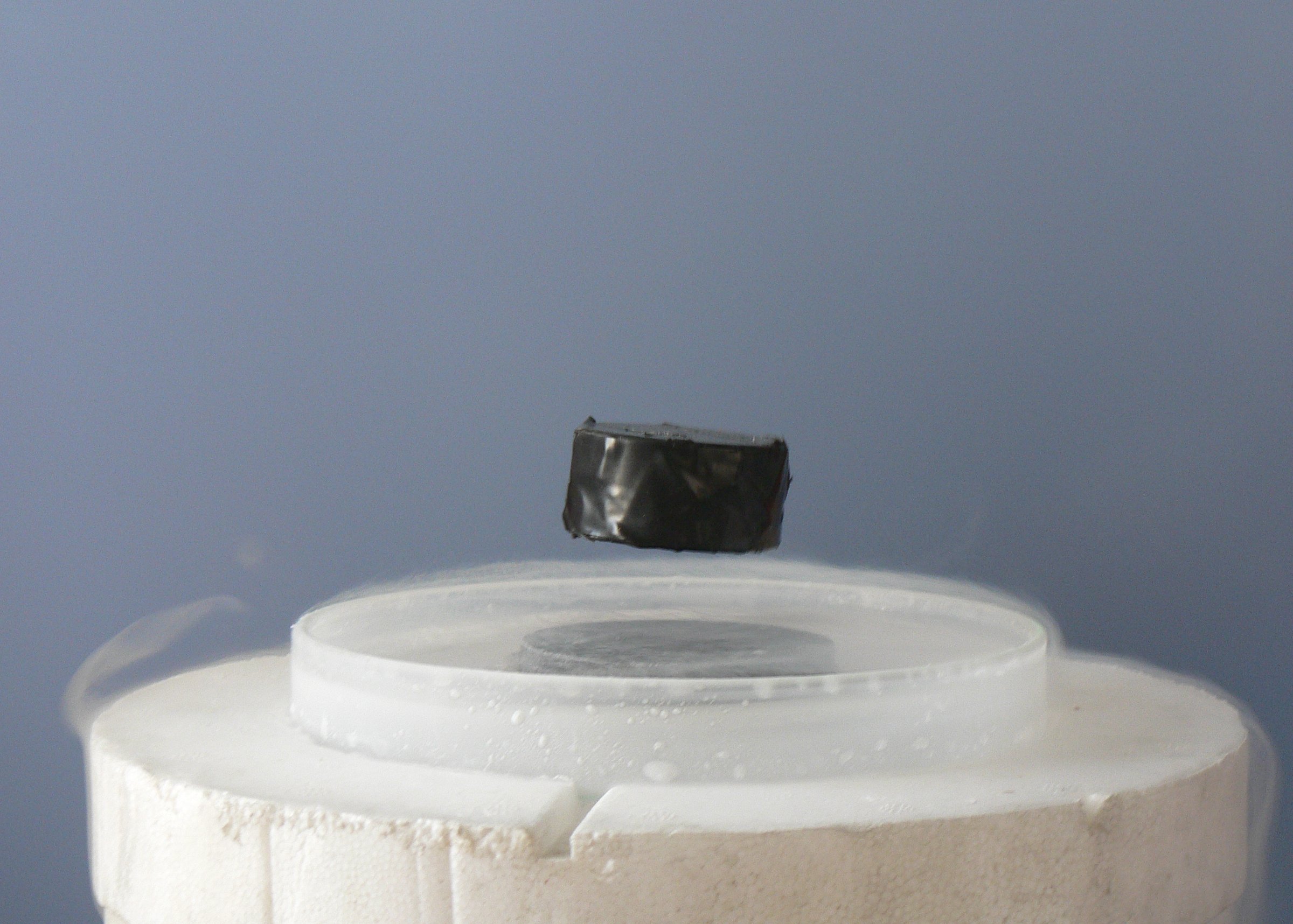Superconductivity
- Introduction to Superconductivity
- Theoretical Foundations
- Types of Superconductors
- Superconducting Materials
- Superconducting Phenomena
- Superconducting Devices
- Superconductivity and Quantum Computing
- Challenges in Superconductivity
- Future of Superconductivity
- Case Study: Superconductivity in Energy Sector
- Case Study: Superconductivity in Medical Field
- Case Study: Superconductivity in Transportation
Case Study: Superconductivity in Energy Sector
Superconducting Cables: A Deep Dive

Electrical conductivity with exactly zero resistance.
Superconducting cables represent a significant advancement in the field of energy transmission and distribution. They offer a highly efficient and reliable method for power transmission, with the potential to revolutionize the energy sector. This article will provide a comprehensive overview of superconducting cables, their working principles, advantages over conventional cables, real-world examples, and future prospects.
Introduction to Superconducting Cables
Superconducting cables are a type of electrical cable that uses superconductors to carry electric current. Superconductors are materials that can conduct electricity without resistance when cooled to a certain temperature, known as the critical temperature. This property allows superconducting cables to carry large amounts of electric current with virtually no energy loss, making them highly efficient for power transmission.
Working Principle of Superconducting Cables
The working principle of superconducting cables is based on the phenomenon of superconductivity. When a superconductor is cooled below its critical temperature, it enters a superconducting state where it can carry electric current without resistance. This is achieved by cooling the superconducting cable with liquid nitrogen or helium to maintain it below its critical temperature.
The cable typically consists of a superconducting core, a cooling system to maintain the superconducting state, and an insulation layer to prevent heat transfer. The electric current flows through the superconducting core, while the cooling system ensures that the core remains in the superconducting state.
Advantages of Superconducting Cables
Superconducting cables offer several advantages over conventional cables:
-
High Efficiency: Superconducting cables can carry large amounts of electric current with virtually no energy loss, making them highly efficient for power transmission.
-
High Capacity: Due to their low resistance, superconducting cables can carry much larger currents than conventional cables of the same size. This allows for more power to be transmitted over a smaller cable, reducing the need for large, bulky cables.
-
Reduced Electromagnetic Fields: Superconducting cables produce significantly lower electromagnetic fields than conventional cables, reducing the potential for electromagnetic interference.
Real-World Examples of Superconducting Cables
Several projects around the world have demonstrated the potential of superconducting cables for power transmission. For example, the Ampacity project in Essen, Germany, installed a 1-kilometer superconducting cable in the city's power grid, demonstrating its ability to carry five times the power of a conventional cable of the same size.
In the United States, the Long Island Power Authority installed a 600-meter superconducting cable in its power grid, marking the first commercial use of superconducting cables for power transmission in the country.
Future Prospects
The future of superconducting cables looks promising, with ongoing research and development aimed at improving their performance and reducing their cost. As the demand for efficient and reliable power transmission continues to grow, superconducting cables are expected to play an increasingly important role in the energy sector.
In conclusion, superconducting cables represent a significant advancement in the field of energy transmission and distribution. With their high efficiency, high capacity, and reduced electromagnetic fields, they offer a promising solution for the future of power transmission.